Ecommerce is brutal. If your product pages don’t convert, someone else will take your customers—and their money. That’s why Plerdy exists. With the right tools, you can fine-tune every element of your ecommerce store, turning browsers into buyers.
This guide dives deep into how Plerdy helps optimize ecommerce product pages for higher sales, using data-driven strategies, real-world examples, and practical tips.
1. Use Heatmaps to See How Visitors Behave
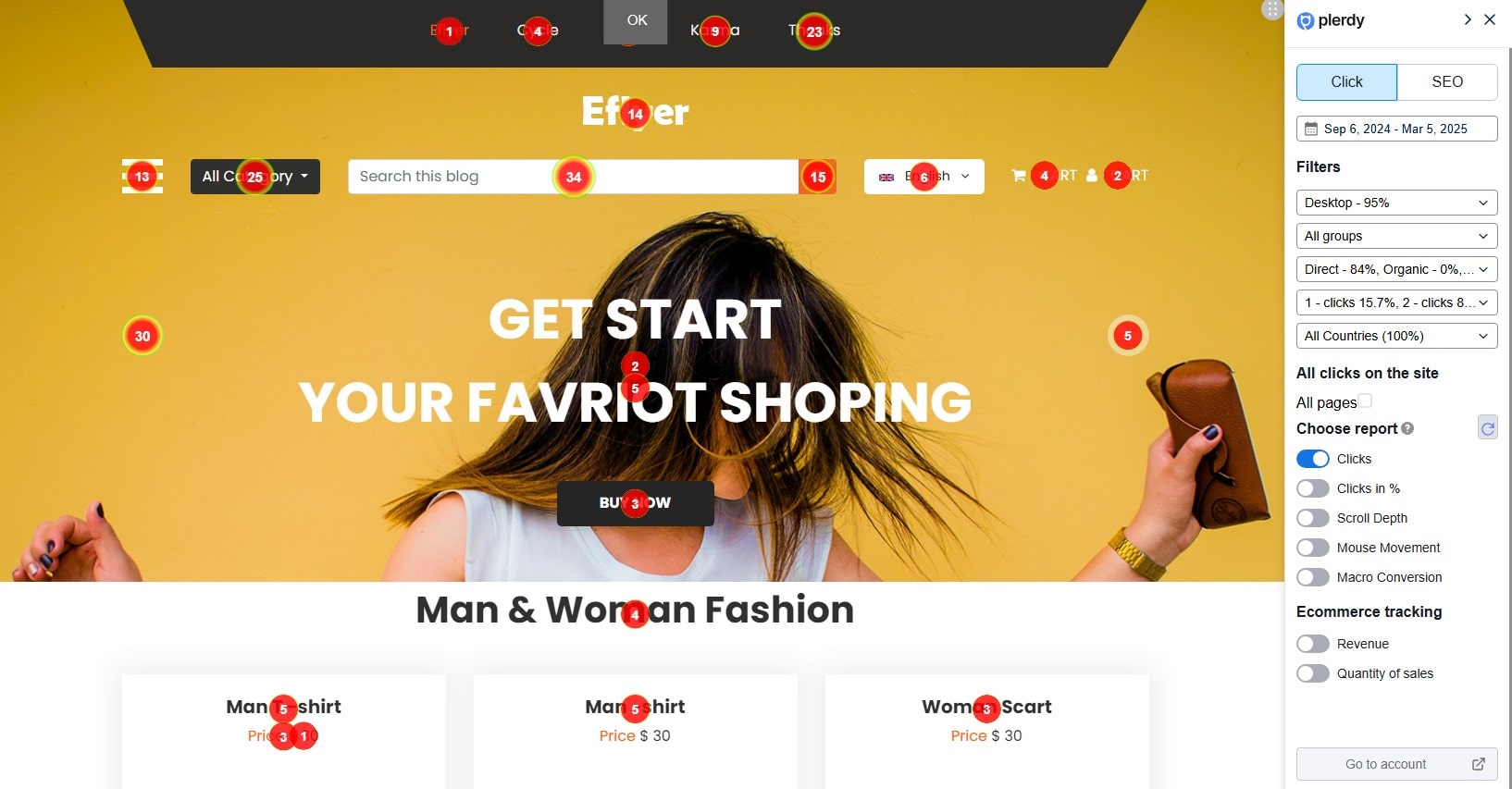
If you don’t know what’s wrong, you can’t fix it. Ecommerce stores lose thousands of dollars because visitors struggle with bad design. Plerdy’s heatmap tool gives you a clear visual of what’s happening on your product pages. Instead of guessing, you get precise insights into user behavior—where they click, scroll, and even hover their mouse.
🔥 How Plerdy helps:
- Clicks Report – See exactly which elements attract the most attention. If users click the wrong things, it’s a red flag.
- Clicks in % Report – Ecommerce pages are often cluttered. This feature breaks the page into five sections, revealing hidden engagement patterns.
- Scroll Depth Analysis – If visitors bounce too early, they might not see important details. With Plerdy, you can spot where users drop off.
- Staying a Mouse Report – Ever wondered if visitors are looking at a section without clicking? This heatmap shows cursor movements.
- Macro Conversion Tracking – See which elements users interact with before purchasing.
📊 Example: A fashion Ecommerce brand using Plerdy heatmaps noticed that 70% of visitors ignored the CTA button. Why? It was buried under product specs. After moving it higher, Add-to-Cart clicks increased by 23%.
2. A/B Test Product Descriptions to Boost Conversions
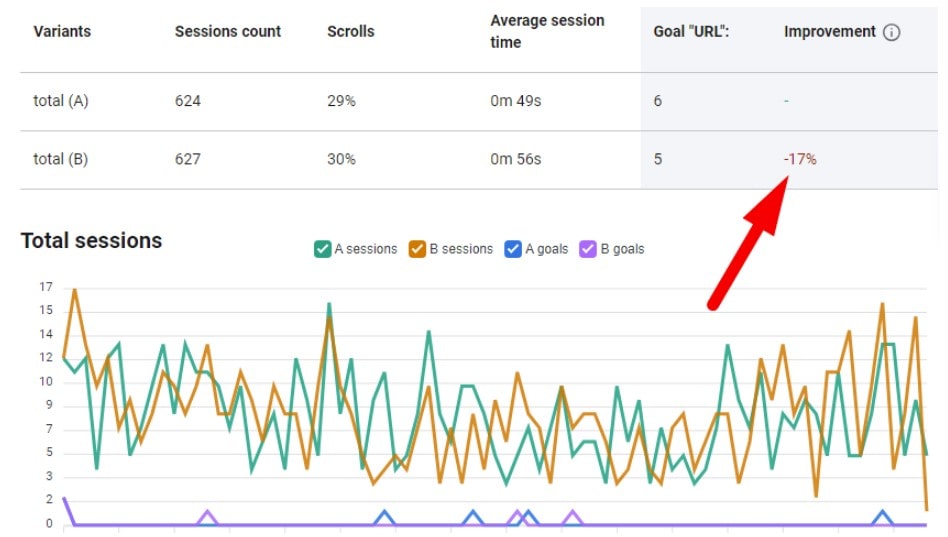
Your Ecommerce product descriptions can make or break a sale. If they’re too generic, your conversion rate tanks. But how do you know what works best? That’s where Plerdy’s A/B Testing Tool comes in. Unlike traditional A/B testing platforms, Plerdy allows unlimited testing, no matter how much traffic your ecommerce store gets.
🔥 How Plerdy helps:
- Test different descriptions—try a detailed vs. short version and see what converts.
- Experiment with emotional vs. technical copy—does your audience prefer specs or storytelling?
- Analyze scroll depth—find out if users read the full text or bounce early.
📊 Example: A tech gadget store using Plerdy’s A/B testing ran a test on product descriptions for a wireless headset:
- Standard version: “Bluetooth 5.0, 20-hour battery, noise cancellation.”
- Storytelling version: “Escape distractions. Enjoy 20 hours of uninterrupted music with cutting-edge noise cancellation.”
The storytelling version boosted Ecommerce sales by 19%. With real-time analytics, Plerdy makes it easy to see what works—and what needs tweaking.
3. Optimize Your CTA for Maximum Clicks
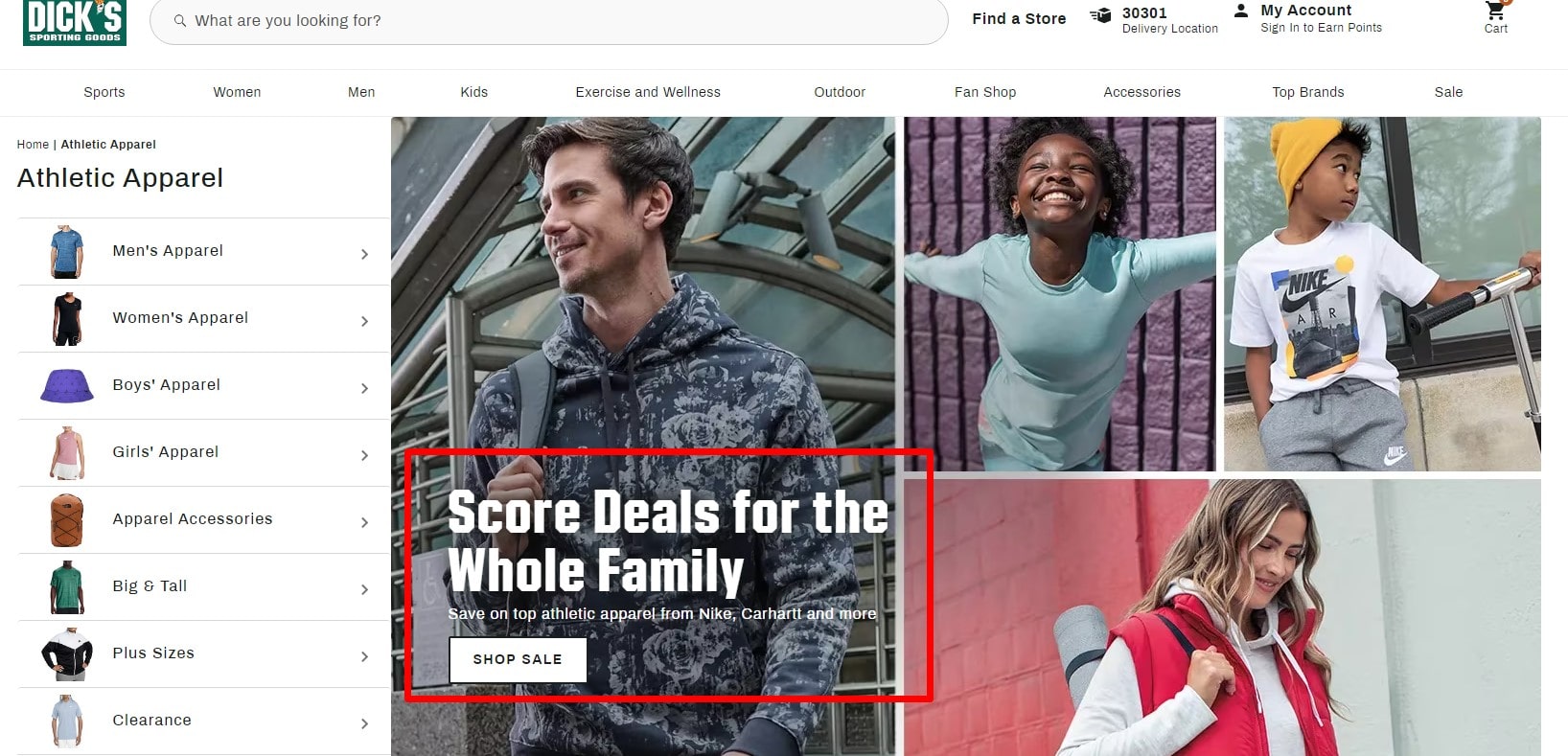
Your Call-to-Action (CTA) button is one of the most critical elements on any Ecommerce product page. If visitors aren’t clicking, something’s off. With Plerdy’s A/B Testing Tool, you can test different CTA designs, placements, and colors to see what actually drives conversions.
🔥 How Plerdy helps:
- Test different CTA colors—does red or green get more clicks?
- Experiment with CTA text—“Add to Cart” vs. “Get Yours Now.”
- Analyze user behavior—are people hovering but not clicking?
📊 Example: An Ecommerce fashion brand ran an A/B test with Plerdy, comparing a blue vs. orange CTA button. The orange button increased conversions by 18%. With real-time analytics, Plerdy makes it easy to track which changes drive more sales.
4. Improve Product Page Speed to Prevent Drop-offs
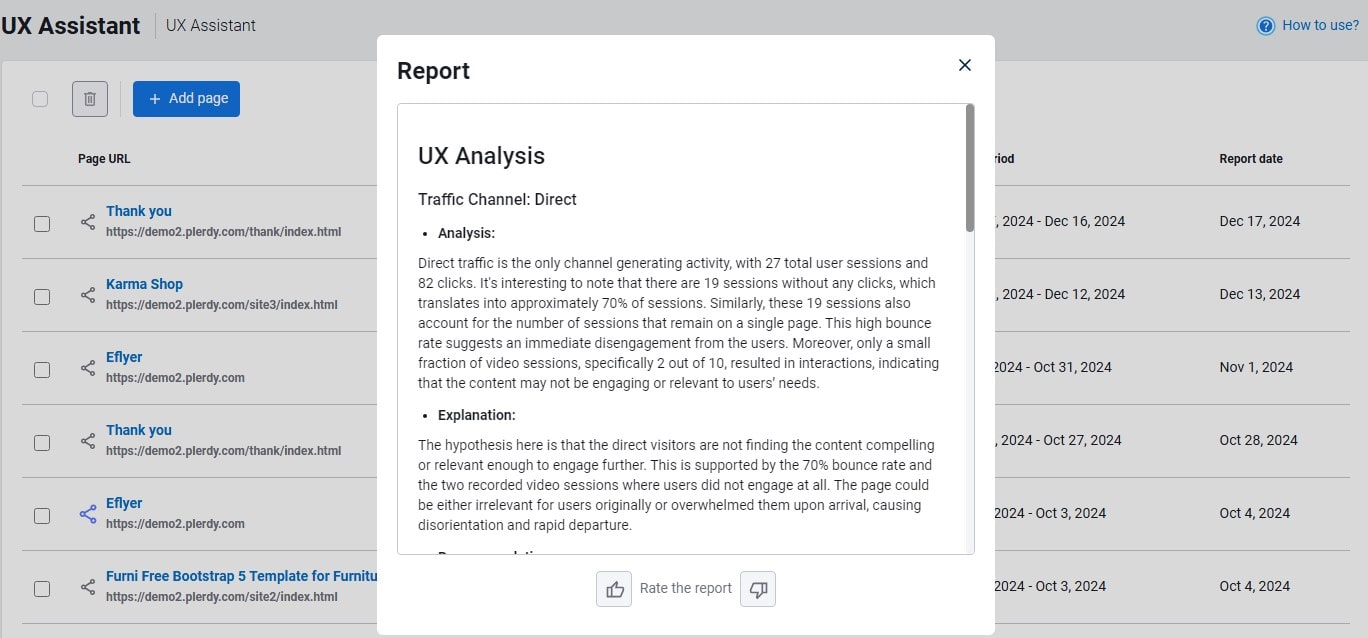
Struggling with Ecommerce UX optimization? Plerdy’s AI UX Assistant takes the guesswork out of improving conversions. Instead of manually analyzing heatmaps, scroll depth, and click data, AI processes real-time user behavior and delivers actionable insights for every product page.
🔥 How Plerdy helps:
- Analyzes session data—identifies UX bottlenecks based on 100+ user sessions.
- Generates AI-driven recommendations—suggests fixes to improve conversion rates.
- Creates shareable reports—collaborate with your team or agency for faster improvements.
📊 Example: An Ecommerce store selling electronics used Plerdy’s AI UX Assistant to analyze slow-loading product pages. The AI report revealed that high-resolution images were delaying load time to 4.5 seconds. After optimizing images, the store saw a 12% increase in sales.
With Plerdy, you don’t need to be a UX expert—let AI guide you to better conversions.
5. Use Video & High-Quality Images to Boost Engagement

Ecommerce buyers don’t just want details—they want to SEE the product in action. A study by Shopify found that 360-degree images boost conversion rates by 32%.
🔥 How Plerdy helps:
- Track image interactions—see if users zoom in.
- Analyze video engagement—are customers watching your demos?
- Test image layouts—bigger pictures vs. carousel views.
📊 Example: A sportswear ecommerce brand found that adding a 15-second product demo video increased sales by 21%.
6. Use Social Proof & Reviews to Build Trust
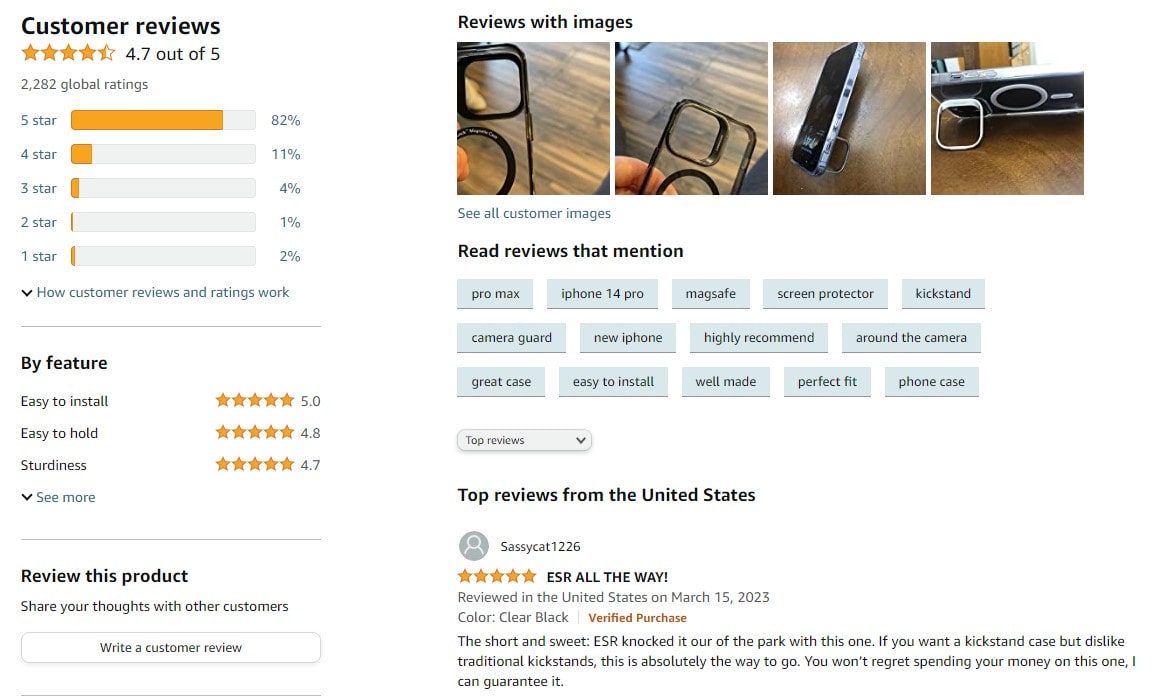
Would you buy something with zero reviews? Exactly. Ecommerce shoppers trust other buyers more than any ad.
🔥 How Plerdy helps:
- See if users click on reviews—or ignore them.
- Optimize placement—put testimonials where they get noticed.
- Track engagement—are customers leaving feedback?
📊 Example: A skincare ecommerce brand used Plerdy heatmaps and discovered that their reviews were hidden under a tab. Once they made reviews visible on-page, conversions increased by 19%.
7. Test Pricing Strategies to Maximize Revenue
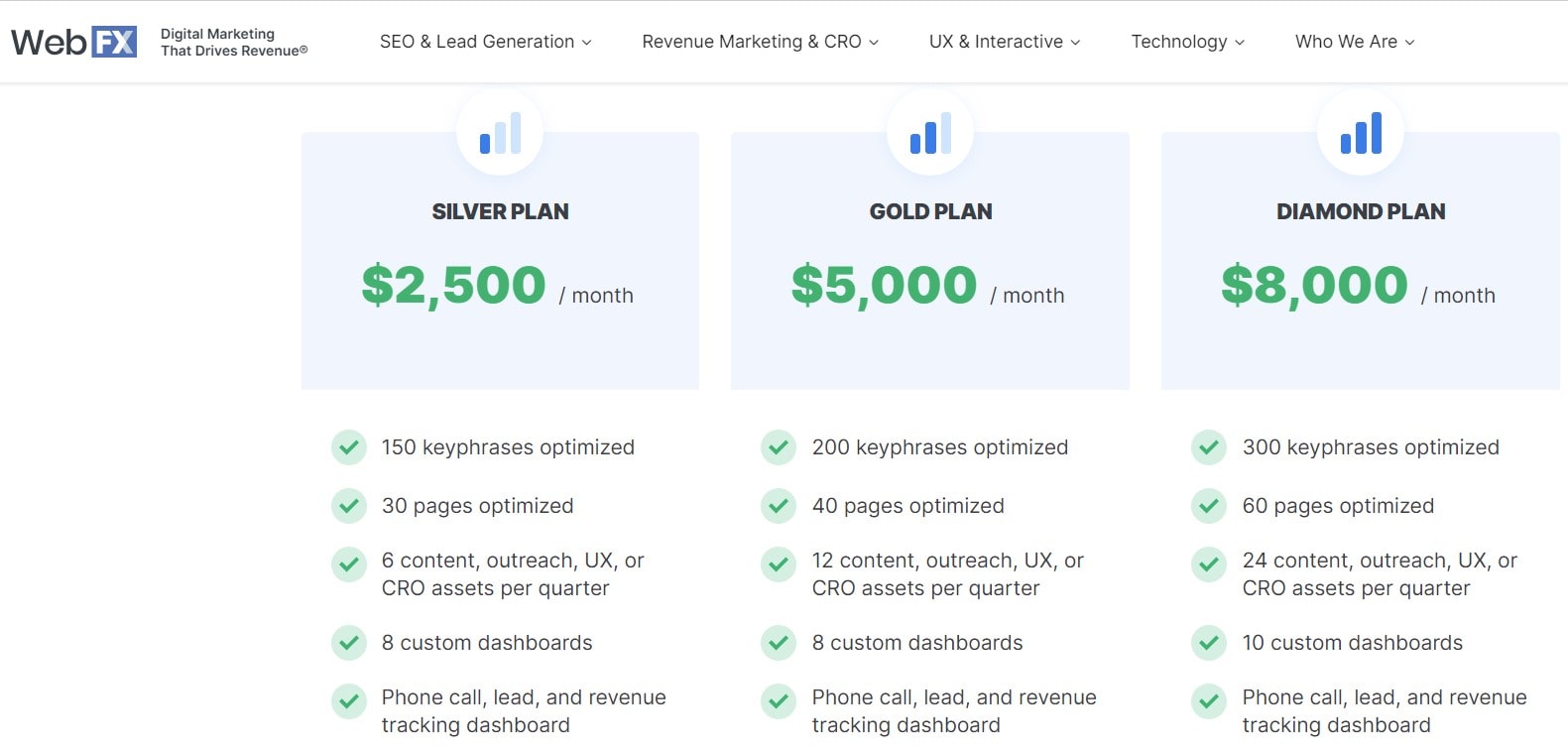
Price isn’t just a number—it’s psychology. In Ecommerce, how you present pricing affects sales big time.
🔥 How Plerdy helps:
- See if users hesitate on pricing—do they hover but not buy?
- A/B Test discount labels—which wording drives urgency?
- Analyze pricing placement—does positioning impact decisions?
📊 Example: An online furniture ecommerce store tested different pricing layouts. When they added “Limited-Time Offer” next to the price, cart additions rose by 17%.
Key Takeaways
| Optimization Area | Impact on Ecommerce Sales |
|---|---|
| Heatmaps & Click Tracking | Identify weak spots & UX issues |
| A/B Testing Descriptions | Find the best-converting copy |
| CTA Optimization | Increase Add-to-Cart clicks |
| Image & Video Strategy | Boost engagement & trust |
| Page Speed Fixes | Prevent lost sales |
| Social Proof & Reviews | Build credibility & urgency |
| Pricing Strategy | Influence customer decisions |
If you run an Ecommerce store, don’t leave sales on the table. Plerdy gives you real insights into user behavior, helping you optimize product pages for higher conversions.
Want to see how Plerdy can transform your Ecommerce store? Try it today and start boosting sales.
FAQ: How to Optimize Ecommerce Product Pages for Higher Sales
Why is optimizing your Ecommerce Product Page crucial for sales?
An optimized product page turns visitors into buyers by eliminating UX issues and boosting conversion rates. Plerdy’s tools, such as heatmaps and AI UX Assistant, provide actionable insights to improve design and functionality, ensuring you capture every potential sale.
How does Plerdy help analyze user behavior on your product pages?
Plerdy utilizes heatmaps, click tracking, scroll depth analysis, and mouse movement tracking to visualize how users interact with your Ecommerce product pages. These insights allow you to identify underperforming elements and strategically optimize key areas like the CTA.
What is A/B testing in the context of Ecommerce Product Pages, and how does Plerdy facilitate it?
A/B testing compares different versions of page elements (such as product descriptions, CTA buttons, and layouts) to determine the most effective variant. Plerdy enables unlimited testing, helping you fine-tune your product pages based on real-time user data and audience behavior.
How can you optimize your CTA for higher conversions?
With Plerdy, you can experiment with different CTA button designs, colors, texts, and placements. Analyzing user interactions—like clicks and hover patterns—reveals which version drives more engagement, ultimately increasing add-to-cart clicks and overall sales.
How do high-quality images and videos impact your Ecommerce Product Page performance?
Visual content, such as high-quality images and product demo videos, plays a vital role in engaging customers. Plerdy tracks user interaction with visual elements, allowing you to adjust formats and placements that build trust and significantly boost conversion rates.
